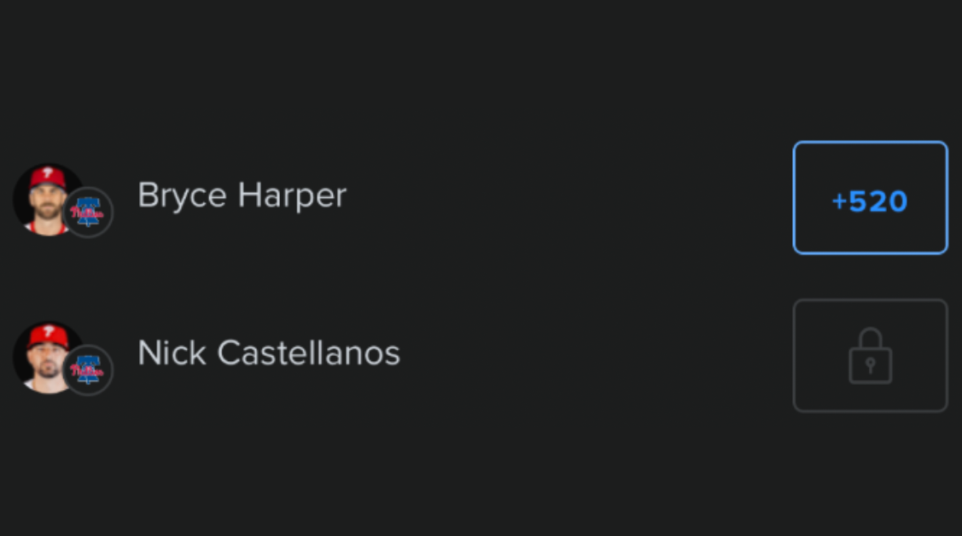
The Inquirer's Communities and Engagement Desk is Dead
You may have noticed at some point in 2024 that the Philadelphia Inquirer’s Communities and Engagement desk lost a number of members, with a staff of six reduced to two. Now the desk is being shut down entirely, reported first by Isaac Avilucea at Axios:
The Philadelphia Inquirer is eliminating a news desk focused on covering the city’s marginalized communities in its latest round of layoffs, a reporter and a union official tell Axios.
The big picture: The union says the newspaper’s decision to nix the Communities and Engagement Desk reflects a rollback of its commitment to diversity, equity and inclusion (DEI) policies.
Driving the news: Inquirer publisher and CEO Lisa Hughes told staff in a Friday email obtained by Axios that the company in January identified 10 jobs to be eliminated, including eight in the newsroom.
This desk was created in the wake of the employee insurrection during Black Lives Matter. You probably know the story by now. The staff revolted and basically said that the paper was run by old white people who were out of touch. So leaders over there offered buyouts to the elder/Caucasian portion of the staff, which resulted in a lot of the sports department veterans riding off into the sunset, or to various part-time writing gigs. Then the Inquirer made a number of diversity hires on recommendation from a Temple University audit, and built this Communities desk as part of the effort.
Maybe you remember that early wave of Sixers arena reporting that included a lot of Chinatown stories from C&E desk. Here come the evil white developers to threaten the neighboring minority community. It was the perfect story at the perfect time. They really dug into the Chinatown side of things and made that their key focus for a number of months, which annoyed some of the existing Inquirer employees.
Reporter Massarah Mikati, who leads the Inquirer with seven Chinatown/arena bylines, is a member of this desk, which is tasked with “representation and community visibility in The Inquirer’s reporting,” with a focus “on building non-transactional relationships with communities, with an eye to better serving them.” This was something Inquirer employees pointed to as source of contention, with the desk’s activities slanting arena coverage negatively. Several Inquirer sources spoke of “hostile” meetings involving the Communities and Engagement desk, painting the picture of a standoffish entity that seemed uninterested in macro-level concerns of how their pursuits might compromise their colleagues’ efforts. Other employees said they disapproved of a Mikati story titled A HOW-TO GUIDE FOR FIGHTING BIG DEVELOPMENT, which reads like a handbook for grassroots activism. For what it’s worth, however, every single Inquirer employee I spoke with thought the Communities and Engagement desk was a good idea, and a necessary one, explaining that the operation of the desk was the problem, and not its larger mission.
What’s curious is that the complaints leading to the formation of this desk were totally valid. All of the old white people over there told me that the Inquirer was too old and too white! So here comes the Communities desk to help fix the problem, gone now after just a few years. Are we to believe that there wasn’t enough work to be done telling stories about the numerous communities of color in a majority black and brown city? Was the larger DEI effort a sham, a succumbing to internal pressure to quell the uprising? Does Inquirer leadership actually have a plan? And what does the NewsGuild do, anyway, other than express a “loss of confidence” every time the powers that be get rid of more people over there?





